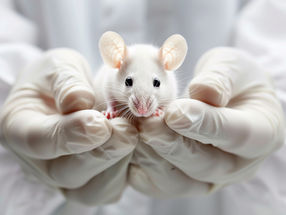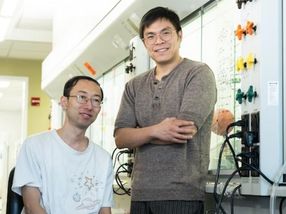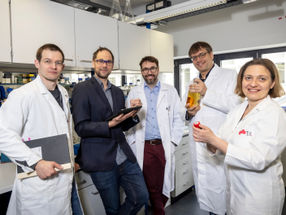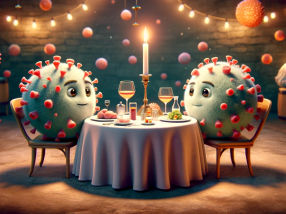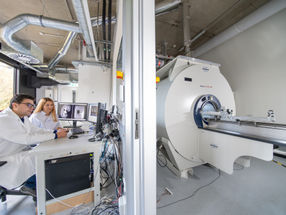Genetic sequencing alone doesn't offer a true picture of human disease
Despite what you might have heard, genetic sequencing alone is not enough to understand human disease. Researchers at Duke University Medical Center have shown that functional tests are absolutely necessary to understand the biological relevance of the results of sequencing studies as they relate to disease, using a suite of diseases known as the ciliopathies which can cause patients to have many different traits.
"Right now the paradigm is to sequence a number of patients and see what may be there in terms of variants," said Nicholas Katsanis, Ph.D. "The key finding of this study says that this approach is important, but not sufficient. If you really want to be able to penetrate, you must have a robust way to test the functional relevance of mutations you find in patients. For a person at risk of type 2 diabetes, schizophrenia or atherosclerosis, getting their genome sequenced is not enough – you have to functionally interpret the data to get a sense of what might happen to the particular patient."
"This is the message to people doing medical genomics," said lead author Erica Davis, Ph.D., Assistant Professor in the Duke Department of Pediatrics, who works in the Duke Center for Human Disease Modeling. "We have to know the extent to which gene variants in question are detrimental – how do they affect individual cells or organs and what is the result on human development or disease? Every patient has his or her own set of genetic variants, and most of these will not be found at sufficient frequency in the general population so that anyone could make a clear medical statement about their case."
Davis, working in the lab of Katsanis, and in collaboration with many ciliopathy labs worldwide, sequenced a gene, TTC21B, known to be a critical component of the primary cilium, an antenna-like projection critical to cell function.
While a few of the mutations could readily be shown to cause two main human disorders, a kidney disease and an asphyxiating thoracic condition, the significance of the majority of DNA variants could not be determined. Davis then tested these variants in a zebrafish model, in which many genes are similar to humans, and showed that TTC21B appears to contribute disease-related mutations to about 5 percent of human ciliopathy cases.
The study, which appears in Nature Genetics, shows how genetic variations both can cause ciliopathies and also interact with other disease-causing genes to yield very different sets of patient problems.
Most read news
Other news from the department science

Get the life science industry in your inbox
From now on, don't miss a thing: Our newsletter for biotechnology, pharma and life sciences brings you up to date every Tuesday and Thursday. The latest industry news, product highlights and innovations - compact and easy to understand in your inbox. Researched by us so you don't have to.

















